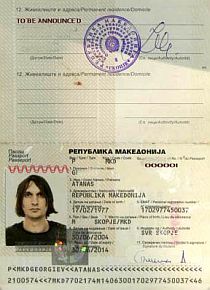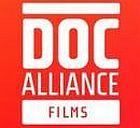


ZagrebDOXPro

Within the festival ZagrebDOX, see above, a project development and pitching session has taken place for several years and will take place again in 2009, where 13 projects have been chosen. Cecilia Lidin from EDN and I have the privilige to run this session together with Tiha Gudac, responsible for the organisation.
Results of projects presented in previous years can be watched at the festival. 3 excellent documentaries started their international career at the ZagrebDox before going to bigger marketplaces around the world. All of them carry an artistic originality in form and content, a personal voice and ambition that I have so often highlighted on filmkommentaren.dk under the headline ”East Beats West”. All three got their first push and positive reaction in Zagreb.
Bulgarian Boris Despodov’s ”Corridor 8” has already been to several festivals and has taken awards, Serbian Dragan Nikolic is about to get his international breakthrough with ”The Caviar Connection” and ”Cash and Marry” by Atanas Georgiev (photo) will do the same, I am sure. It will, as the others, be shown at ZagrebDOX, and thereafter go to Visions du Réel in Nyon.








